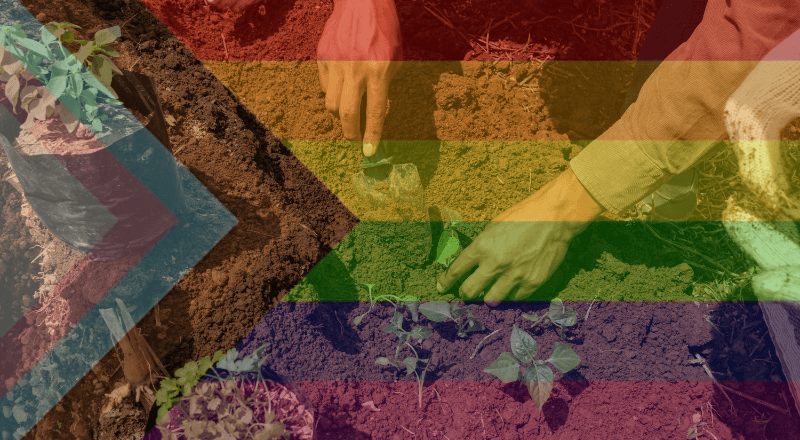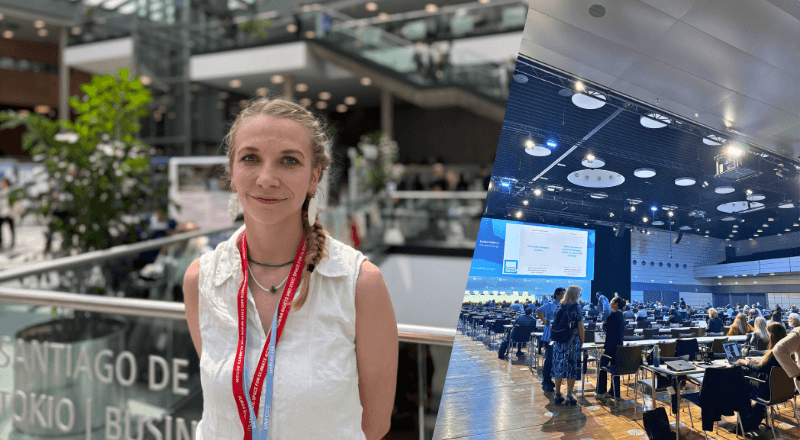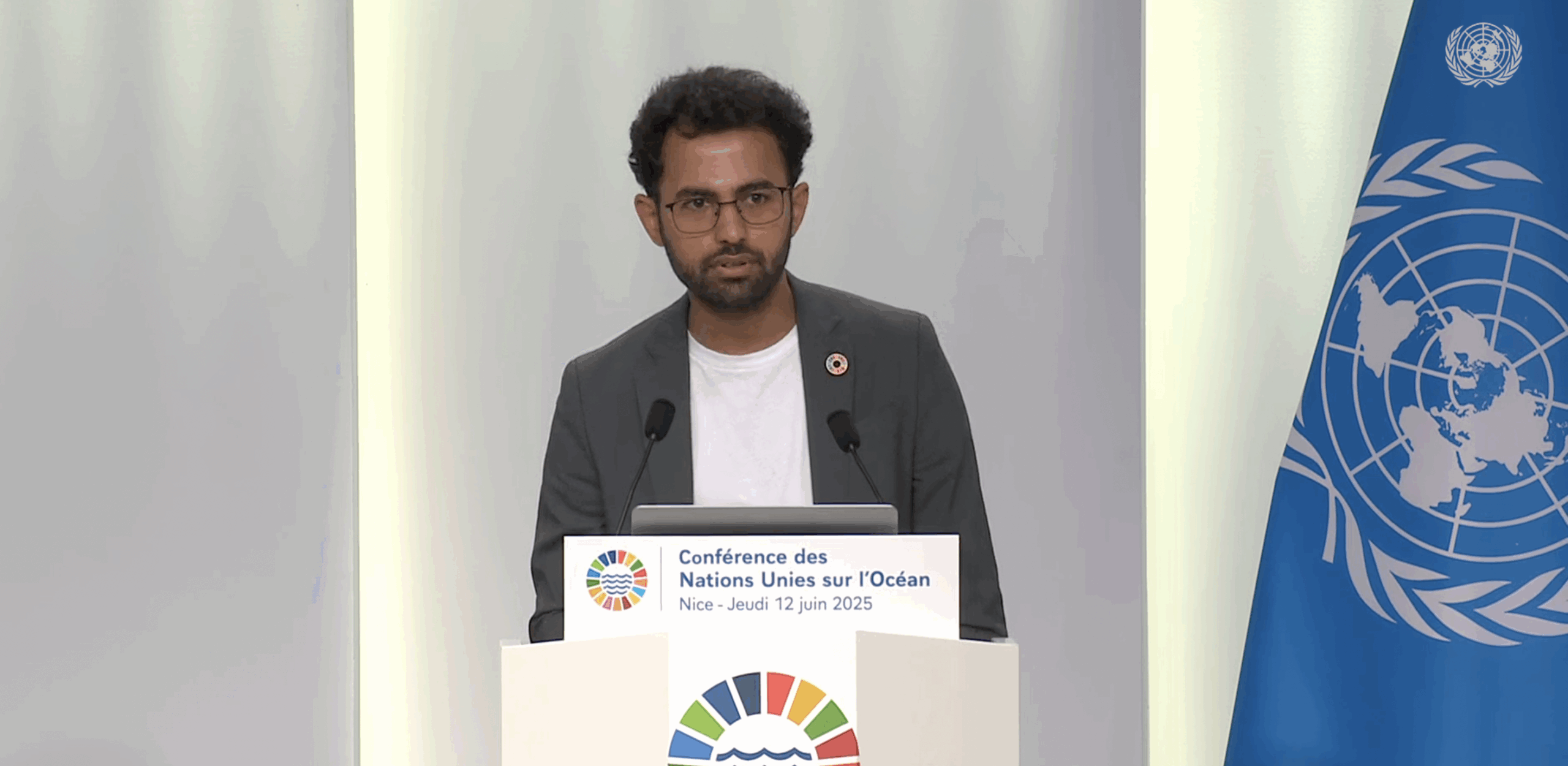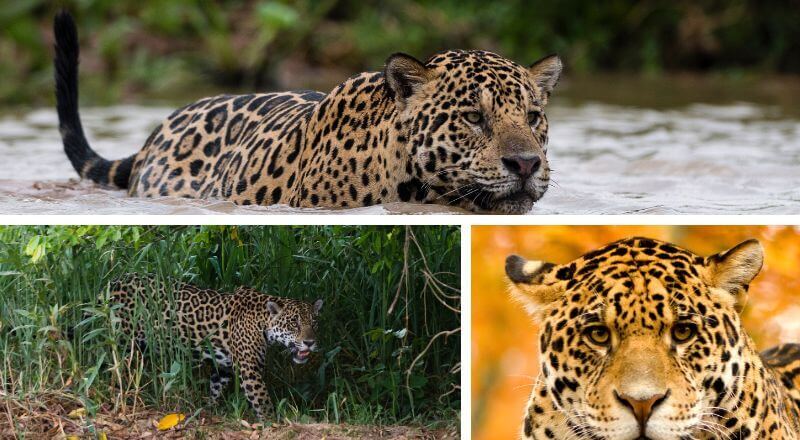
A study published in Nature has found amazing things about the role of wildlife on the carbon cycle.
The authors call for a changing of the current mindset: “Current natural climate solutions focus on protecting and restoring plants (primarily trees, mangroves and seagrasses), and soil and sediment microbes in ecosystems.” They demand a new thinking that includes the role of wild animals in terms of carbon storage. One of the authors puts it this way: “Restoring, rewilding, and conserving the functional role of vertebrate and invertebrate species can be a climate game-changer by magnifying carbon uptake by 1.5 to 12.5 times (in some cases more) across the world’s ecosystems,” says Professor Oswald Schmitz of the Yale School for the Environment.
But where does this enormous impact come from that an ecosystem with wildlife can store up to 12.5 times more carbon than without?
One thing is clear: The reason is not the carbon storage of wild animals themselves:
Wild animals contain only 0.3% of the carbon held in the biomass globally.
The key to this question is the function of the animals in an ecosystem. Because wildlife fulfills many extremely important services for an ecosystem: E.g. seed dispersal which makes the germination of trees easier with carbon-dense wood. The presence of herbivores reduces plant competition and the danger of forest fires because undergrowth is kept small. And last but not least soil nutrient supply is enhanced. So the organic carbon storage benefits as well.
So the secret is the animals’ function within the carbon cycle. It is like a boost, a turbo: It is the presence of wildlife that brings an ecosystem to its peak. This is just as true for forests as it is for oceans.
The scientific term for this is ACC: animating the carbon cycle.
Jaguar Forest Corridor
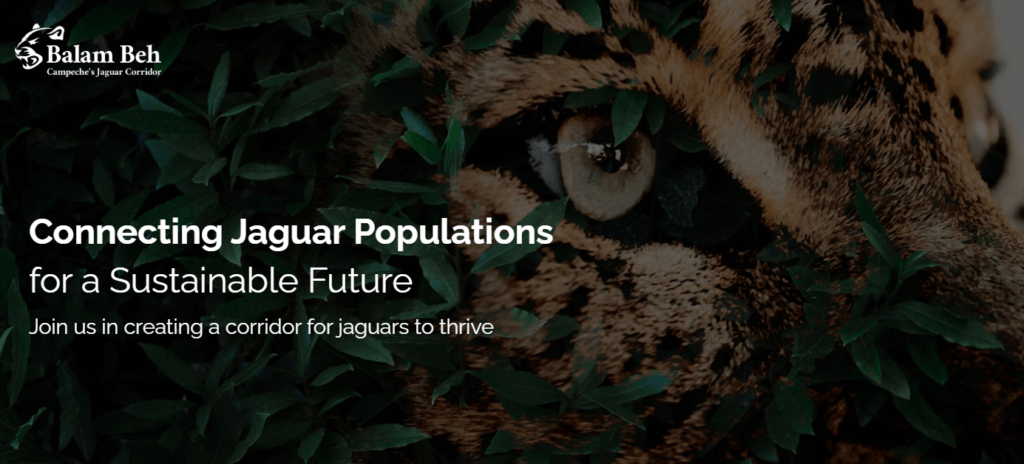
On the Yucatán Peninsula, jaguars are in danger in several ways: they are losing their habitat due to deforestation of the rainforest, and many jaguars are also being killed by the growing road network. Just recently a pregnant female…
79,000 hectares of forest are already lost. We have to stop this! Together with jaguar researcher Dr. Mircea Hidalgo from the University of Tabasco and other organizations, we want to save 200 jaguars from this fate and free them from their isolation! With a jaguar forest corridor!
It will connect the protected area of Balam-Kú with the isolated forest where the jaguars live (Fun Fact: Balam-Kú means jaguar temple in Maja). Because Dr. Hidalgo’s research has shown which routes the jaguars take and thus identified which routes need to be protected.
For now, “forest islands” will be created where jaguars will migrate from one place to another, thus also mixing populations.
Let’s save the jaguars together! Check out balambeh.org for additional info

